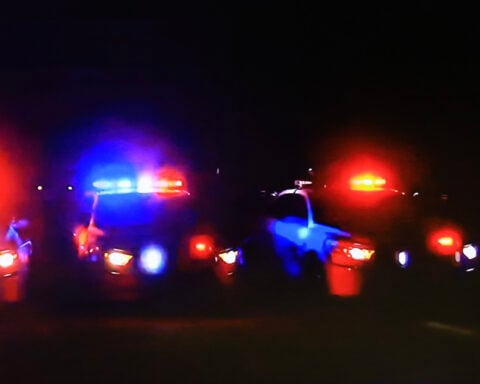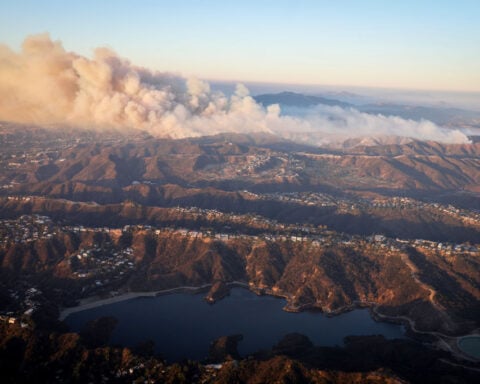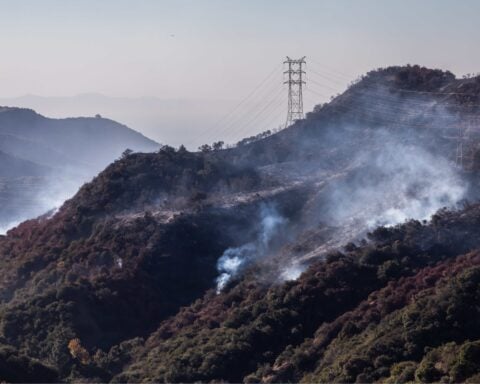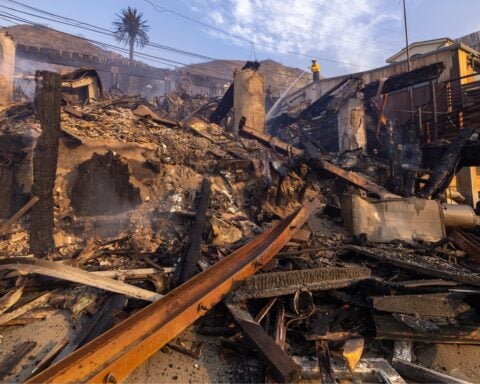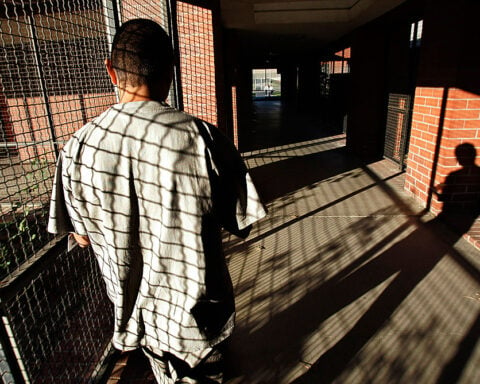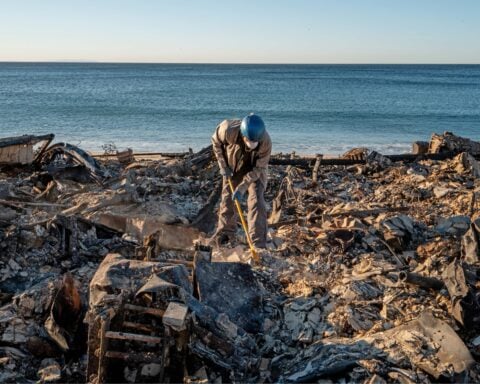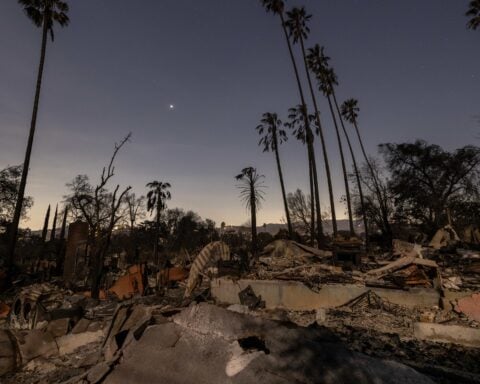(CNN) — Footage of NFL star Tyreek Hill being detained by Miami-Dade officers earlier this week has again highlighted the sometimes contentious and fraught nature of what is a routine and everyday procedure in policing: the traffic stop.
Many traffic stops end without making headlines. But thanks to the ubiquity of cameras, the traffic stop in recent years has become the setting for many high-profile incidents between officers and motorists.
Hill was eventually released and went on to play in the Miami Dolphins’ season opener; he was cited for careless driving and a seatbelt violation, according to police. A similar case unfolded this spring, when the world No. 1 golfer Scottie Scheffler was arrested by officers directing traffic outside the PGA Championship after a fatal accident. Charges against Scheffler, who was accused of dragging an officer, were later dropped.
Other stops have had more tragic consequences, most notably for Black drivers.
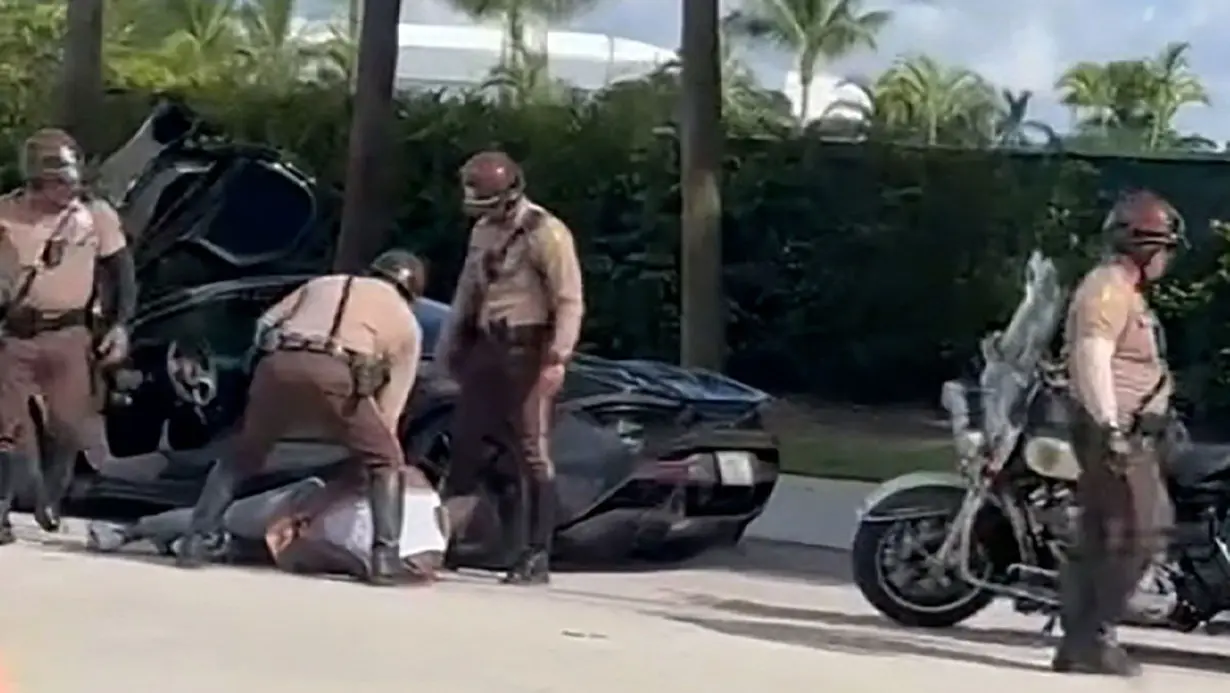
A 2019 study of nearly 100 million stops nationwide found Black drivers were 20% more likely to get pulled over than White drivers. And earlier this year, a report released by the California Racial and Identity Profiling Advisory Board similarly found 12.5% of traffic stops in the state in 2022 involved drivers perceived by police to be Black, though Black people made up just 5.4% of the state’s population.
The disparity is not helped by the fact many high-profile killings of Black people in recent years began with a traffic stop – something Hill alluded in an interview with CNN Mondaywhile considering how the situation might have unfolded differently were he not famous.
“It’s the truth. If I wasn’t Tyreek Hill, worst case scenario, we would have had a different article,” Hill said. “‘Tyreek Hill got shot in front of Hard Rock Stadium,’ that’s the worst-case scenario.”
But stops can also be dangerous for police, who often know nothing about the occupants of the vehicle and are conducting the stop while traffic speeds by them.
“It’s something you have to take into account when you make a stop,” said Charles Ramsey, the former Philadelphia police commissioner and one-time chief of the Washington, DC, police. “You don’t know the individual; you don’t know what they may have done prior to you stopping them. So, you’re going to be cautious.”
A danger for both motorists and police
For many, especially Black men, a traffic stop can be a stressful scenario – one they’ve thought through each time a new headline emerges about someone being killed by a police officer.
Philando Castile was fatally shot in 2017 by a Minnesota officer who later said he feared Castile was reaching for a firearm he had in the vehicle, rather than a wallet or ID. Daunte Wright was also killed by a Minnesota officer in 2021 after he pulled away from a traffic stop – precipitated by an expired tag and illegal air freshener – when officers learned he had an outstanding warrant for his arrest. And this week, three former Memphis, Tennessee, officers went on trial for the fatal 2023 beating of Tyre Nichols, which also followed a traffic stop.
The risk, however, is not limited to those inside the car.
In February, a Tennessee deputy was fatally shot and another wounded when they conducted a traffic stop after dash camera video showed the vehicle appeared to cross the center line multiple times.
“Officers being shot and killed and seriously injured doing stops is nothing new, any more than officers responding to domestic violence calls being shot and killed. They’re both considered statistically a high-risk category in what we do,” Thor Eells, executive director of the National Tactical Officers Association, told CNN in 2022, amid a rash of cases where multiple law enforcement officers were seriously injured in one week while conducting traffic stops.
‘De-escalation is key’
The tenor of a traffic stop usually begins with the reason it was initiated in the first place, said Ramsey. An officer will approach the vehicle differently depending on whether the stop was prompted by a traffic violation or because the officer suspects the vehicle was involved in another crime.
“The approach in a situation like that would be entirely different than what it should be in a typical stop, in terms of where the officers stand, the way in which they approach their driver, getting any passengers out of the car, that sort of thing,” he said.
But when tensions do rise, the former police chief added, “de-escalation is key,” and the first step for an officer is telling the driver why they’ve been stopped.
It’s also important for an officer to speak in a calm voice, he said, “and if a person seems a little agitated, you do what you can in terms of your verbal communication to try to settle them down a little bit.”
As for motorists, Ramsey offered the same advice he gave his son when he got his driver’s license: “Stay in the car. Keep your hands visible. Roll down your window, and be cooperative if an officer asks for your license and registration.”
“Things start to calm down pretty quickly in most instances,” he said. “Even if you don’t think you committed the violation, you can always argue that in court later.”
The American Civil Liberties Union similarly urges drivers to remain calm and notes they have the right to remain silent, adding the “burden of de-escalation does not fall on private citizens – it falls on police officers.”
“You may be able to reduce risk to yourself by staying calm and not exhibiting hostility toward the officers,” the ACLU says. “The truth is that there are situations where people have done everything they could to put an officer at ease, yet still ended up injured or killed.”
The-CNN-Wire
™ & © 2024 Cable News Network, Inc., a Warner Bros. Discovery Company. All rights reserved.

 TikTok seeks to reassure U.S. employees ahead of Jan. 19 ban deadline
TikTok seeks to reassure U.S. employees ahead of Jan. 19 ban deadline
 US won't seek charges in unarmed Black motorist Ronald Greene's fatal 2019 arrest
US won't seek charges in unarmed Black motorist Ronald Greene's fatal 2019 arrest
 Euro zone households could increase consumption, ECB chief economist says
Euro zone households could increase consumption, ECB chief economist says
 Foreigners sold South Korean equities last month by most since early 2020
Foreigners sold South Korean equities last month by most since early 2020
 Trump and Biden national and homeland security staff will meet Wednesday for threat exercises
Trump and Biden national and homeland security staff will meet Wednesday for threat exercises
 As fires ravage Los Angeles, Tiger Woods isn't sure what will happen with Riviera tournament
As fires ravage Los Angeles, Tiger Woods isn't sure what will happen with Riviera tournament
 Antetokounmpo gets 50th career triple-double as Bucks win 130-115 to end Kings' 7-game win streak
Antetokounmpo gets 50th career triple-double as Bucks win 130-115 to end Kings' 7-game win streak
 No 97 Laura Siegemund upsets Olympic champion Zheng Qinwen at the Australian Open
No 97 Laura Siegemund upsets Olympic champion Zheng Qinwen at the Australian Open
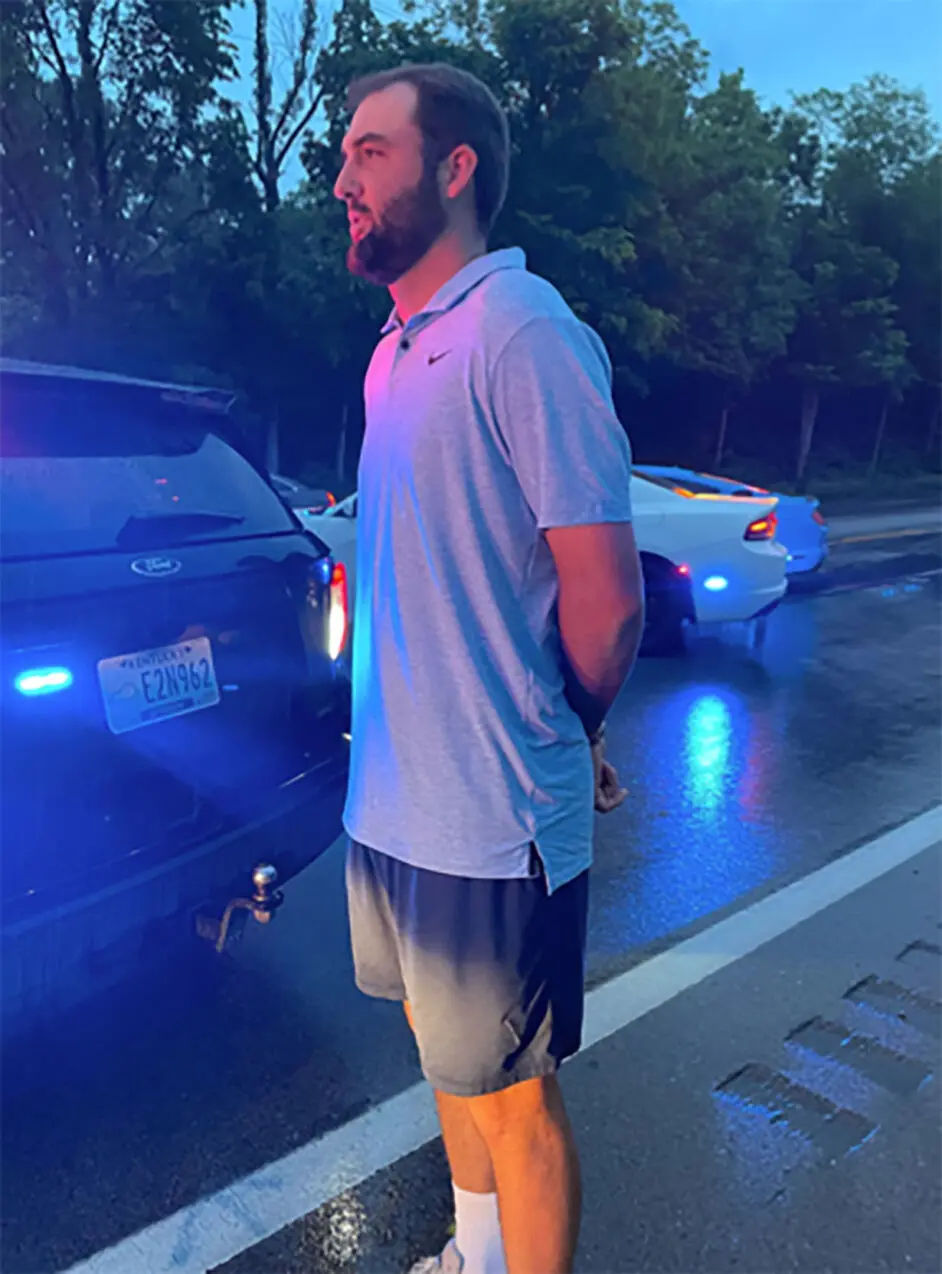 Louisville Metro Police Department via CNN Newsource
Louisville Metro Police Department via CNN Newsource
